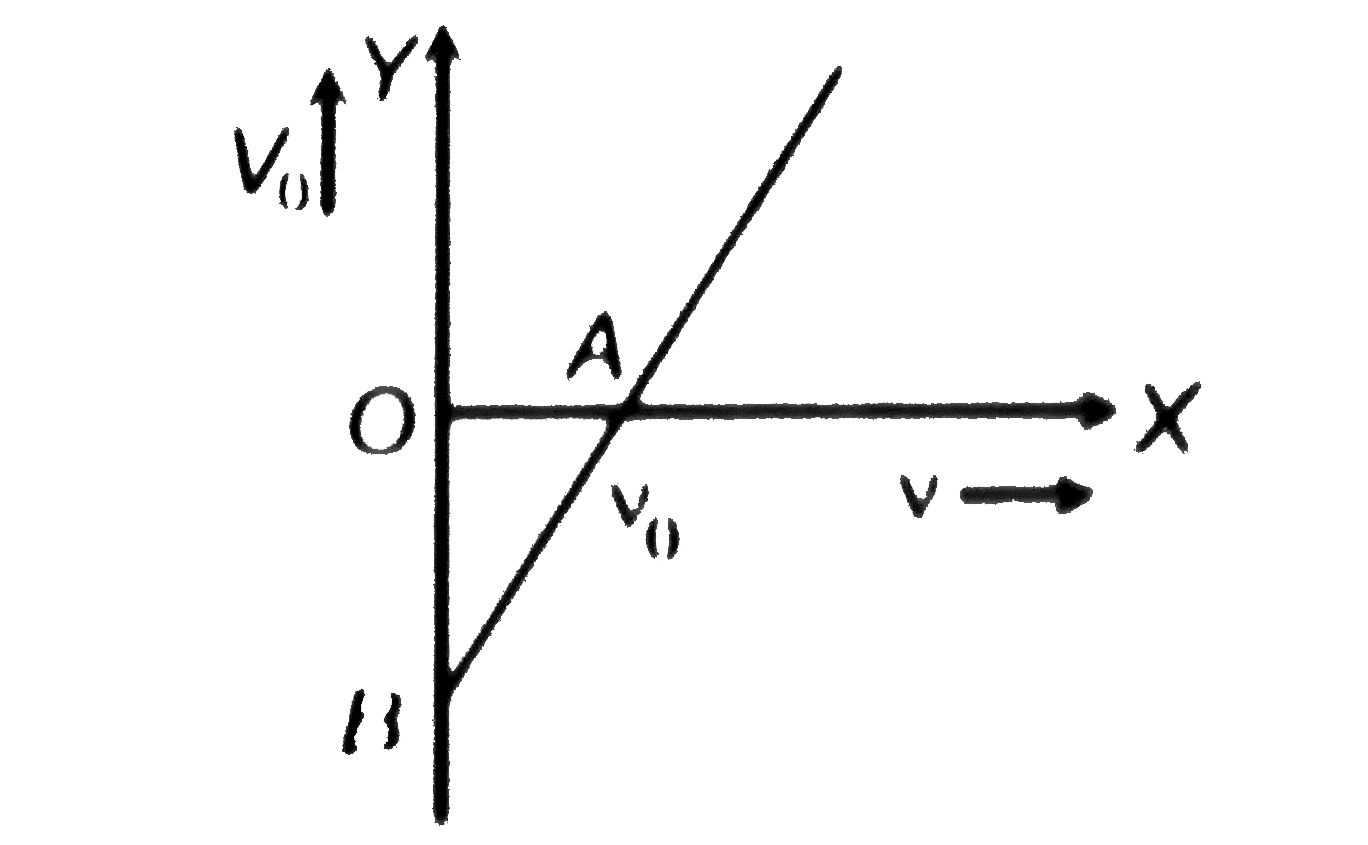Photoelectric emission occurs only when the incident light has more than a certain minimum
wavelength
intensity
frequency
power
The correct Answer is:C
To solve the question regarding photoelectric emission, we will follow these steps:
Step 1: Understand the Photoelectric Effect
The photoelectric effect is the phenomenon where electrons are emitted from a material (usually a metal) when it is exposed to light of sufficient frequency. This effect is explained by Einstein’s photoelectric equation.
Step 2: Write the Photoelectric Equation
Einstein's photoelectric equation is given by:
KEmax=hν−hν0
Where:
- KEmax is the maximum kinetic energy of the emitted electrons.
- h is Planck's constant.
- ν is the frequency of the incident light.
- ν0 is the threshold frequency (minimum frequency required for photoelectric emission).
Step 3: Determine the Condition for Emission
For photoelectric emission to occur, the maximum kinetic energy must be greater than zero:
KEmax>0
This leads to the condition:
hν−hν0>0
Simplifying this, we find:
hν>hν0
Dividing by h (since h is a positive constant):
ν>ν0
Step 4: Identify the Minimum Frequency
The minimum frequency ν0 is known as the threshold frequency. It is the frequency below which no photoelectric emission occurs, regardless of the intensity of the light.
Step 5: Conclusion
Thus, we conclude that photoelectric emission occurs only when the incident light has a frequency greater than the threshold frequency ν0.
Final Answer
Photoelectric emission occurs only when the incident light has more than a certain minimum frequency, known as the threshold frequency.
---
The photoelectric effect is the phenomenon where electrons are emitted from a material (usually a metal) when it is exposed to light of sufficient frequency. This effect is explained by Einstein’s photoelectric equation.
Einstein's photoelectric equation is given by:
KEmax=hν−hν0
Where:
- KEmax is the maximum kinetic energy of the emitted electrons.
- h is Planck's constant.
- ν is the frequency of the incident light.
- ν0 is the threshold frequency (minimum frequency required for photoelectric emission).
For photoelectric emission to occur, the maximum kinetic energy must be greater than zero:
KEmax>0
This leads to the condition:
hν−hν0>0
Simplifying this, we find:
hν>hν0
Dividing by h (since h is a positive constant):
ν>ν0
The minimum frequency ν0 is known as the threshold frequency. It is the frequency below which no photoelectric emission occurs, regardless of the intensity of the light.
Thus, we conclude that photoelectric emission occurs only when the incident light has a frequency greater than the threshold frequency ν0.
Photoelectric emission occurs only when the incident light has more than a certain minimum frequency, known as the threshold frequency.
Similar Questions
The photoelectric emission from a surface starts only when the light incident upon the surface has certain minimum:
View Solutionin an experimental set up to study the photoelectric effect a point soure fo light of power 3.2×10−3 W was taken. The source can emit monoenergetic photons of energy 5eV and is located at a distance of 0.8 m from the centre of a stationary metallic sphere of work-function 3.0 eV. The radius of the sphere is r=8..10−3 m. The efficiency of photoelectric emission is one for every 106 incident photons. Based on the information given above answer the questions given below. (Assume that the sphere is isolated and photoelectrons are instantly swepts away after the emission).
Time after which photoelectric emission stops is
View Solution
Knowledge Check
Assertion : Photoelectric current depends on the intensity of incident light.
Reason : Number of photoelectrons emitted per second is directly proportional to intensity of incident radiation.AIf both assertion and reason are true and reason is the correct explanation of assertion.BIf both assertion and reason are true but reason is not the correct explanation of assertion.CIf assertion is true but reason is false.DIf both assertion and reason are false.In a photoelectric experiment, if both the intensity and frequency of the incident light are doubled, then the saturation photoelectric current
Aremains constantBis halvedCis doubledDbecomes four times
In an experiment on photoelectric effect the frequency f of the incident light is plotted against the stopping potential V0. The work function of the photoelectric surface is given by ( e is the electronic charge)

View SolutionIn a photoelectric experiment, the wavelength of the incident light is decreased from 6000A to 4000A. While the intensity of radiations remains the same,
View SolutionIn a photoelectric emission process the maximum energy of the photo - electrons increase with increasing intensity of the incident light .
View SolutionIn a photoelectric experiment the wavelength of incident light changes from 4000 Å to 2000 Å. The change in stopping potential is
View SolutionFill in the blanks:
Q: Total internal reflection occurs only when a ray of light passes from a _____medium to a ____medium.
View SolutionPhotoelectric emission from a given surface of metal can take place when the value of a ‘physical quantity’ is less than the energy of incident photon. The physical quantity is :
View Solution
